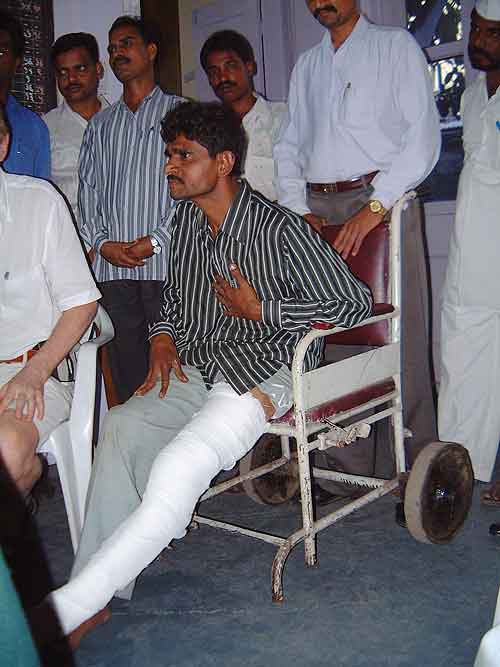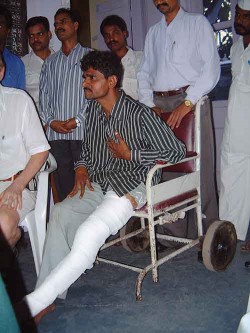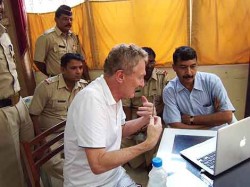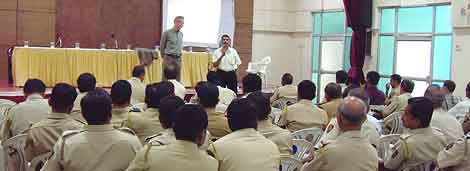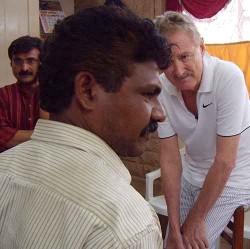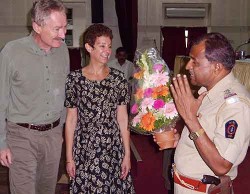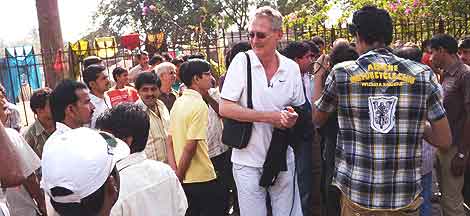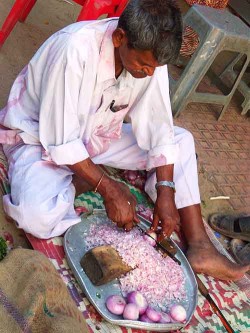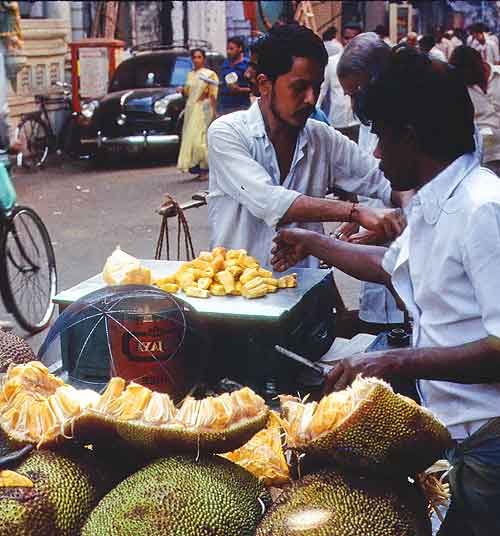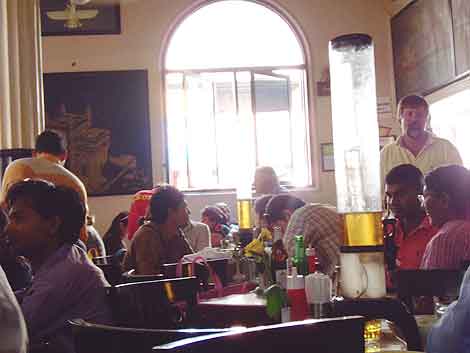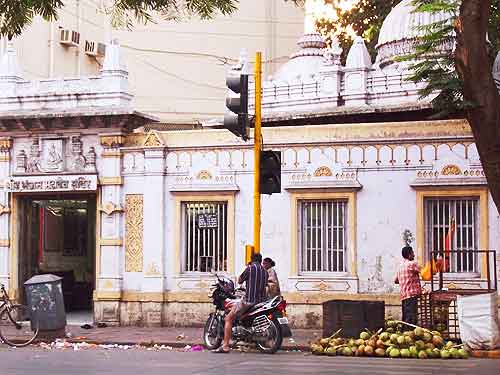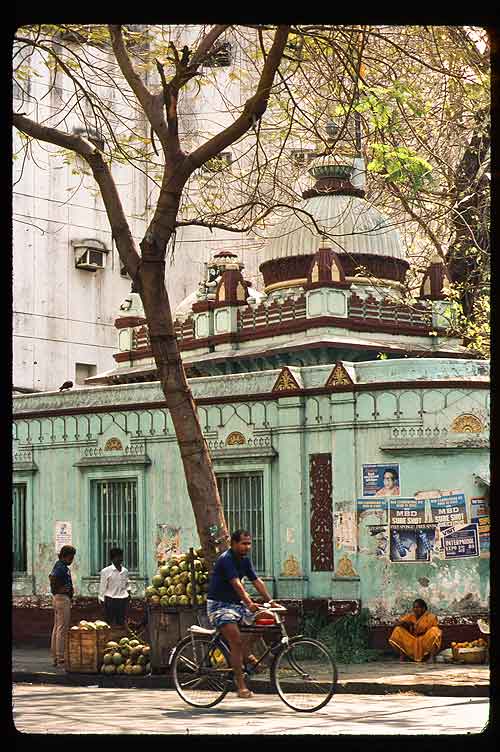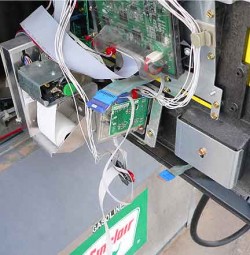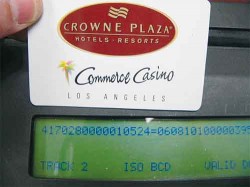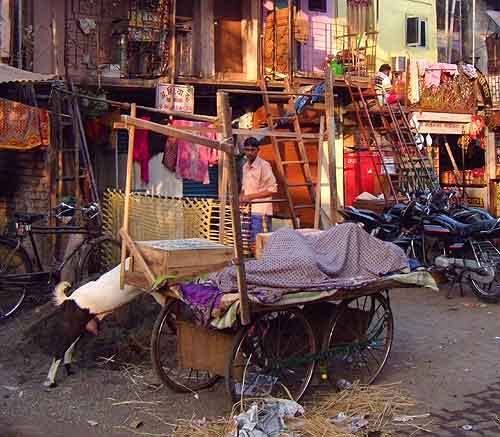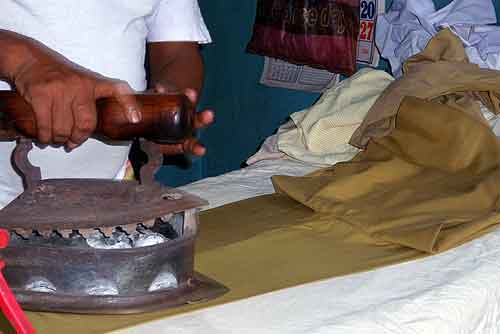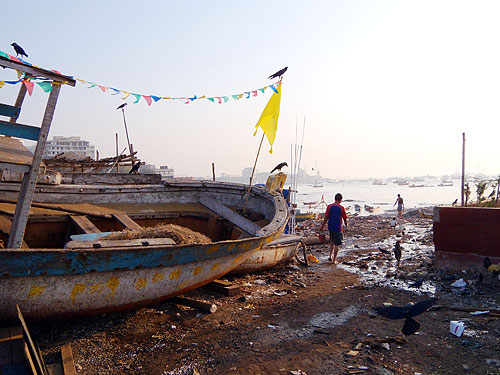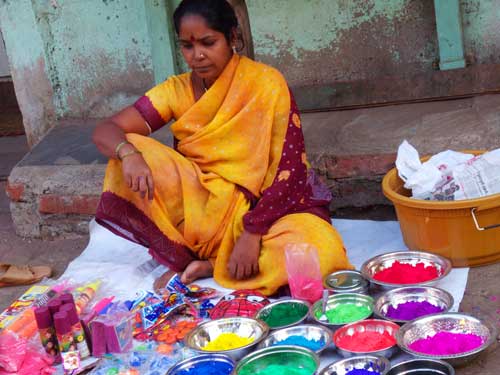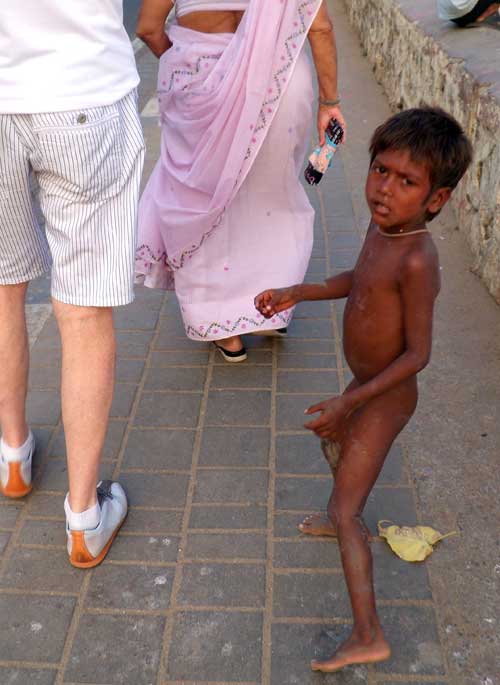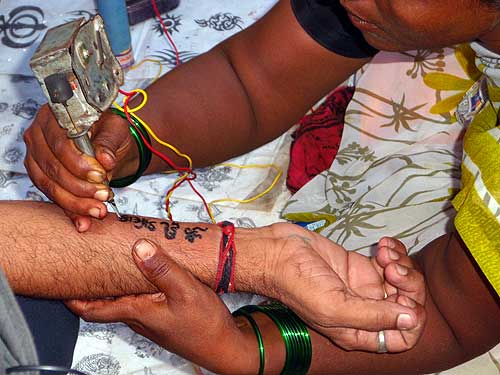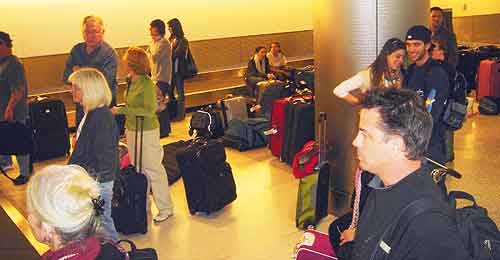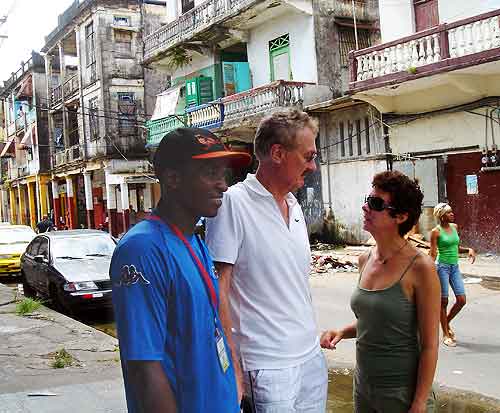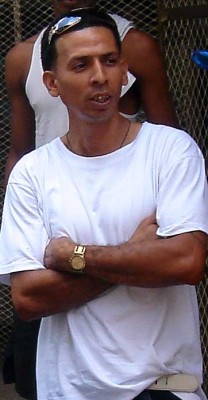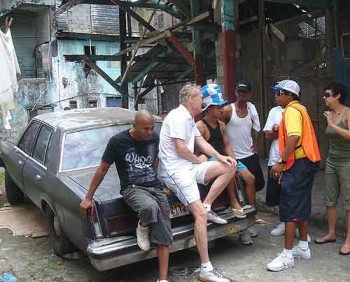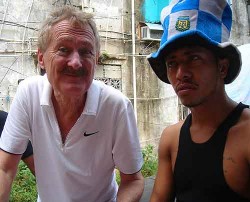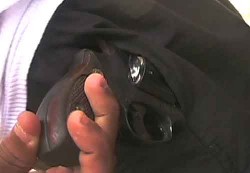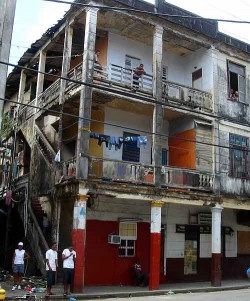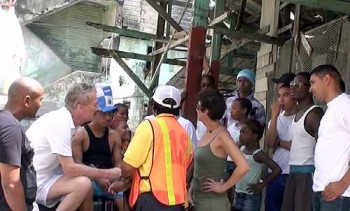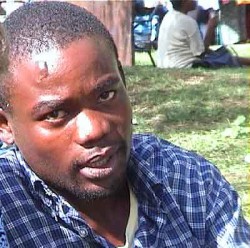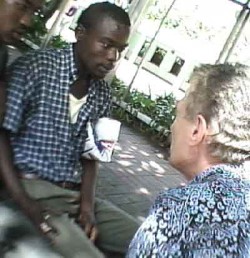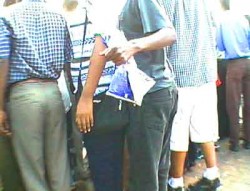RAILWAY RAJ
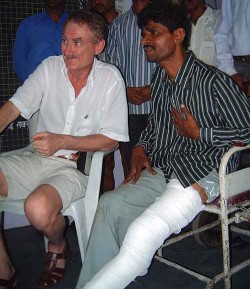
With a firm grip on the patient’s big toe, the hospital orderly entered the police inspector’s office. He carried the full weight of the patient’s plastered leg, which extended from the wheelchair without any other support. As he was pushed from behind and pulled by the toe, the patient hunched awkwardly in the rusty iron wheelchair. A male nurse had the ancient chair tipped precariously back, which thrust the broken leg to a painful height.
As he was wheeled in, the patient gripped the armrest of the chair with one hand and clutched his broken ribs with the other. A procession of plainclothes police and hospital staff followed. The patient was a pickpocket, brutally beaten by his most recent victim.
Mumbai Police Inspector Ashok Desai had not required much prodding to produce a pickpocket. He sat behind the desk in his lilac-colored office at Victoria Terminus and chatted amiably with us, shoes and socks off, cap off, smooth bald head reflecting the slow revolutions of a ceiling fan. Curiously eager to cooperate, he buzzed his peon and ordered him in Hindi when we asked to interview a thief. Shortly thereafter, his office doors were thrown open and the broken criminal wheeled in.
“Now let me explain something,” Bob said, leaning forward. “If he lies to me, I will know. I want only the truth.”
Without waiting for translation, the pickpocket replied in Hindi. “I speak only the truth to you,” he said, Inspector Desai translating. “I swear to you.” He raised his open right hand and placed it stiffly against his nose and forehead, thumbtip to nosetip, like a vertical salute.
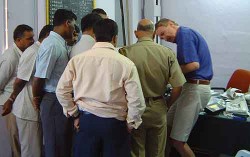
Before the battered thief was brought in, the Inspector wanted to be certain that he wouldn’t be glorified in the press, nor made fun of by us. The man had received the beating he deserved, Desai said. His huge curled mustache held the shadow of a smile. While we waited, he dictated a memo to an assistant and sent another running for masala chai, spiced milky tea. Pigeon feathers swirled on the floor in a mini whirlwind.
Rahul was wheeled in and parked beside Bob. A posse of police and medical staff stood behind his rusty throne like male ladies-in-waiting. After promising truth, Rahul looked back and forth between Bob and the Inspector with alert eyes, and answered without hesitation.
He steals only on trains at the passengers’ moments of boarding or alighting, he explained. Never on buses. His only victims are wealthy businessmen, easily identifiable by the size of their bellies and grooming of their mustaches. He tapped his own thin mustache and sunken belly, indicating the local signifiers of affluence. All the police recognize Rahul and his gang. Therefore, they usually commit their thefts a station or two away from Central Station. He was caught this time because he’d been drinking a little and his reflexes were slow. He was sloppy. It was a bad mistake. He pressed his broken ribs and grimaced.
Rahul works with a sliver of razor blade, which he hides in his mouth between cheek and lower gum. Using a broken match stick, he demonstrated how quickly he can manipulate the blade. With it, he slices open the satchels of affluent businessmen on trains while a partner holds a newspaper or canvas bag at the chest or neck of the victim, preventing his seeing.
“Show me,” Bob said, coming around Rahul and squatting beside him. Rahul was handed a newspaper and then demonstrated how quickly he could open a bag beneath the shield of the paper.
This is done while boarding or exiting trains so crowded that people can barely turn their heads, Rahul and the Inspector explained.
“Do you ever cut pockets with the blade?” Bob asked.
“No, only bags. But I know others who cut pockets. Two brothers, they always work together.”
“I want to talk to them. Where can I find them?” Desai asked.
“I don’t know,” Rahul said. He seemed afraid for a moment.
“Last question,” Bob said. “What will you do when you’re fifty?”
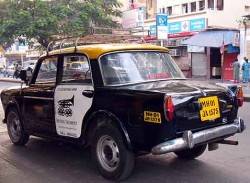
“I have a taxi medallion and badge. If I get the chance, I would like to ply the taxi on the road.” He paused. “But I do not think I will get the chance.”
It’s possible that Rahul works under an Indian mafia. Neither he nor the inspector suggested this, but other Indians who analyzed portions of this interview on video thought it was likely.
“Where there is big money there is mafia,” an Indian working in the security business told me. “Your pickpocket, he was afraid to talk about other thieves he knows. He didn’t want to tell the police inspector. And as to driving a taxi, probably the mafia will never let him quit the steal business. Your pickpocket will continue his work on the trains, I believe.”
Excerpt from Travel Advisory: How to Avoid Thefts, Cons, and Street Scams
Chapter Five: Rip-offs: Introducing…the Opportunist
Related: Street crime in Mumbai today

